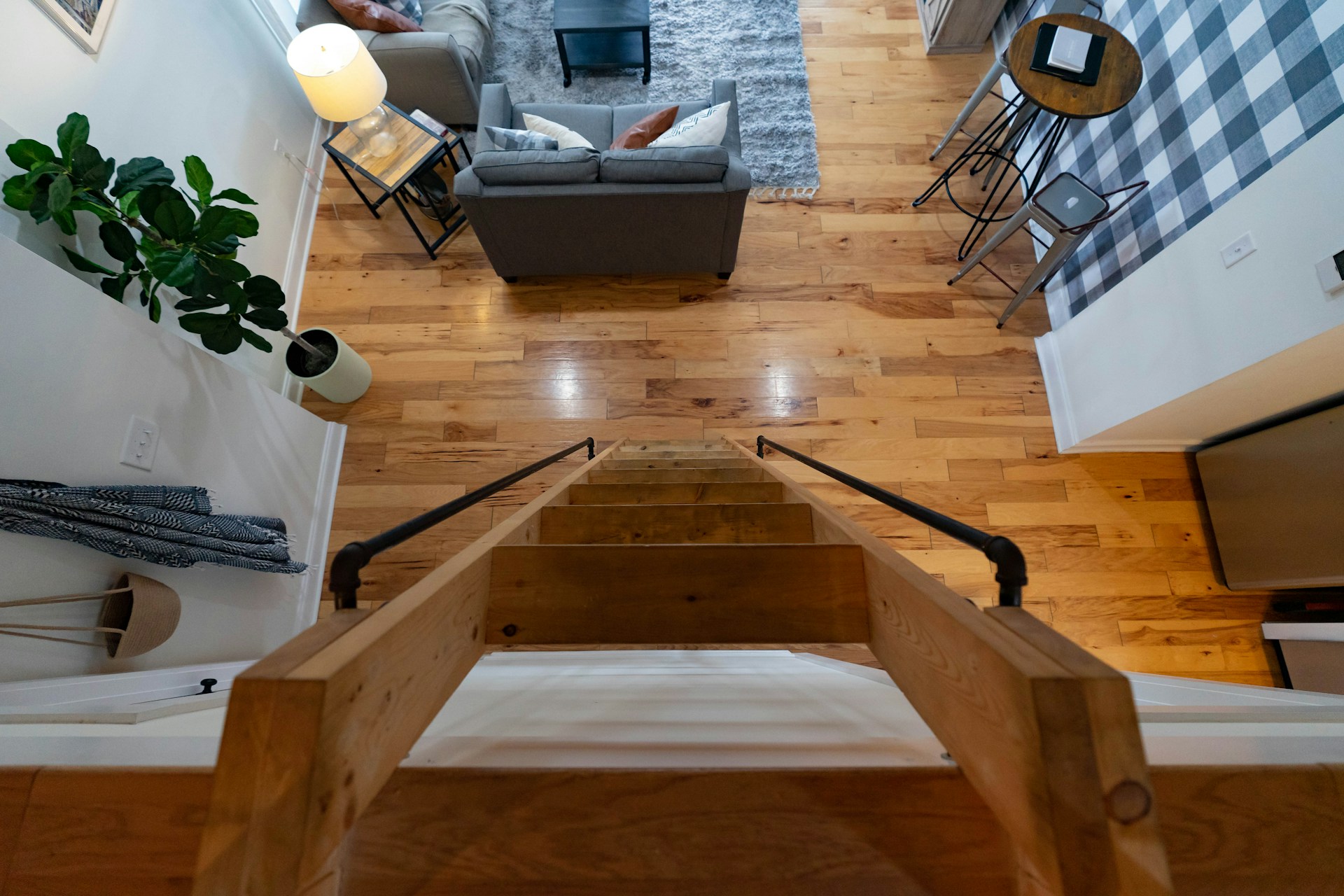

Question: What is the Most Expensive Part of a Tiny House?
Answer: The most expensive part of a tiny house is typically the shell (trailer and framing), which can account for 20-30% of the total cost. Appliances and custom features also contribute significantly.
Breaking Down Tiny House Expenses
What is the most expensive part of a tiny house? It’s a question that many prospective tiny home dwellers ponder. While the allure of simplified living and reduced expenses is strong, it’s important to understand the real costs involved before taking the plunge. Surprisingly, the answer isn’t always straightforward. Unlike traditional homes, where the structure itself dominates the budget, tiny houses present a unique cost breakdown.
The Foundation of Tiny House Costs: Land and Permits
First and foremost, securing a place for your tiny house can represent a significant investment. Whether you choose to purchase land outright, lease a spot in a tiny house community, or establish your tiny home on a pre-existing property, these ground-related costs can add up quickly. Navigating the permitting process can be a complex and sometimes costly endeavor.
Land Ownership:
The most expensive option, but provides long-term stability.Long-Term Leasing:
A more affordable initial cost but involves ongoing monthly expenses.Existing Property:
The most budget-friendly if feasible, but may require zoning approvals.
Permitting costs can vary greatly depending on the municipality and the specific regulations surrounding tiny homes. Consequently, budgeting for these upfront expenses is crucial for a smooth transition into tiny house living.
Click here to read more about Orangeville real estate agents
Related Article: What is the Least Expensive Type of Tiny House To Build?
Related Article: What Size Are Most Tiny Houses?
Essential Systems: Plumbing, Electrical, and HVAC
Equipping your tiny house with functional plumbing, electrical, and HVAC systems is another essential and potentially expensive aspect of the build. These systems must be carefully designed and efficiently integrated into the limited space. Adhering to building codes and regulations is paramount for ensuring safety and functionality. Budgeting appropriately for these critical systems is essential.
Plumbing:
Compact and efficient systems are crucial for limited space.Electrical:
Integrating solar panels and off-grid options can increase upfront costs but offer long-term savings.HVAC:
Mini-split systems and other compact heating and cooling solutions are typically preferred.
Choosing the right systems for your needs and budget plays a significant role in the overall cost of your tiny home.
Interior Finishes: Appliances and Furnishings
While often considered a later stage in the process, the interior finishes, appliances, and furnishings can contribute significantly to the overall cost. Because space is at a premium, multi-functional and space-saving furniture is often necessary, which can be more expensive than standard furnishings. Furthermore, the desire for high-quality, durable appliances can also impact the budget.
Appliances:
Compact and energy-efficient models are preferable.Furnishings:
Multi-functional and space-saving options maximize functionality.
Making thoughtful choices about interior elements can help manage costs without compromising on comfort and style. As a result, careful planning and prioritizing needs can help create a beautiful and functional tiny home interior.
The Unseen Costs: Insurance and Maintenance
It’s important to consider the ongoing costs associated with tiny house living. Insurance, while essential, can be tricky to navigate in the tiny house market, as it’s a relatively new and evolving area. Maintenance costs should be factored into the long-term budget. Because systems are compact and intricate, repairs and upkeep can be specialized and potentially more expensive than in a traditional home. Including these recurring expenses in your financial planning is essential for sustainable tiny house living.
Insurance:
Finding appropriate coverage might require specialized tiny house insurance providers.Maintenance:
Regular inspections and proactive maintenance can prevent costly repairs down the line.
Conclusion
Although identifying a single “most expensive” component is difficult, understanding the various cost factors helps prospective tiny home owners make informed decisions and plan accordingly. Ultimately, the cost of a tiny house depends on a variety of factors, from land acquisition to interior finishes. By carefully considering each of these elements, individuals can embark on their tiny house journey with a realistic budget and a clear understanding of the financial commitment involved. Informed planning and thoughtful decision-making are key to successfully navigating the exciting world of tiny house living. [ 1 ]
References
1. https://www.apartmenttherapy.com/tiny-house-cost-expenses-258495


